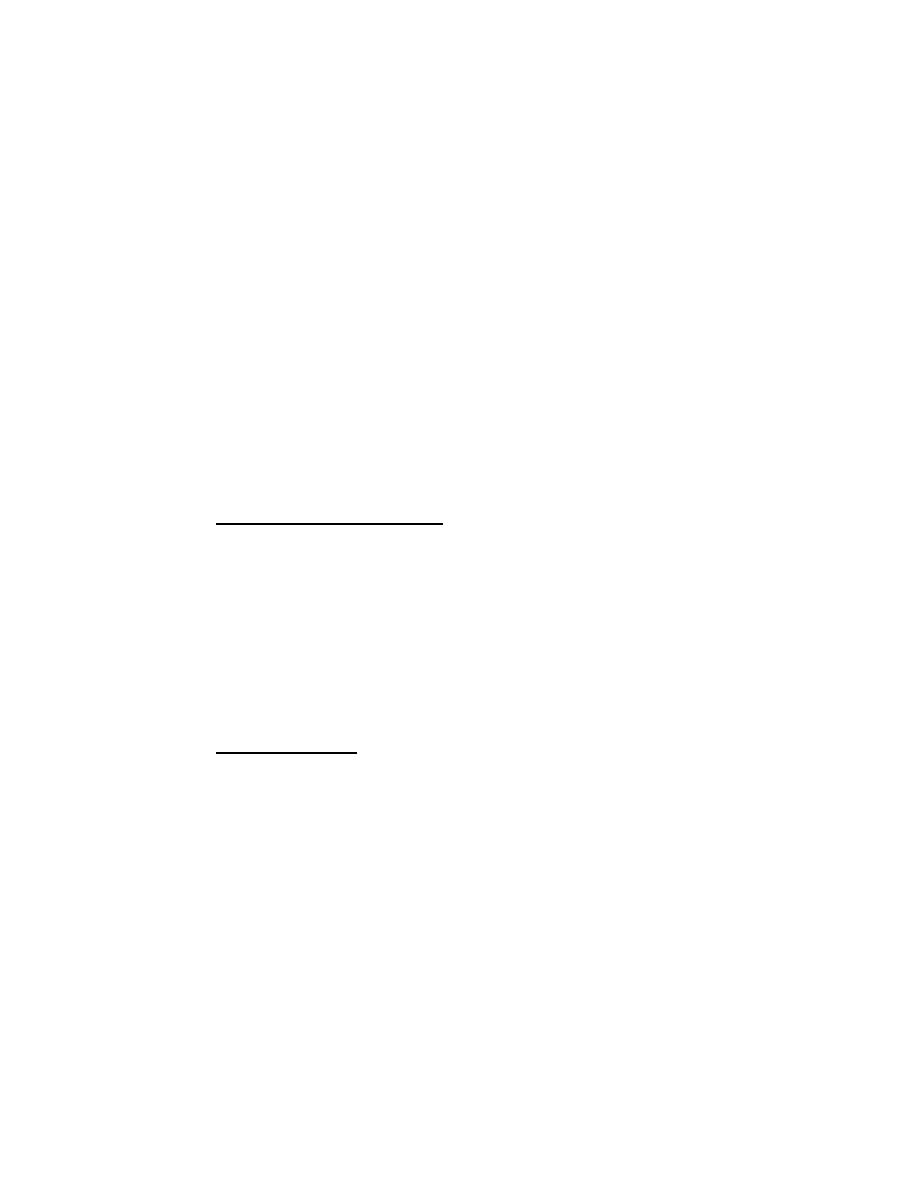

Custom Search
|
|

|
||
 MIL-HDBK-1013/12
laminate, or laminated on the outboard face of a glass-
polycarbonate composite for ballistic resistance, fire
resistance, or environmental protection of polycarbonate layers.
Only chemically tempered glass with a case or
precompression level greater than 0.010 inch and a precompression
stress greater than thermally tempered glass is suitable for
blast resistant design. Only one known chemically tempered glass
meets these criteria. It is a lithium-based chemically tempered
glass and is estimated to cost ten times that of thermally
tempered glass. However, it is well suited for special design
situations where glass must appear thin or where both high
ballistic and blast protection are required. This is because the
lithium-based chemically tempered glass not only is at least
three times stronger than thermally tempered glass, but will fail
in a manner similar to annealed glass with large glass fragments.
In laminated format it offers a significant degree of ballistic
resistance to subsequent rounds.
2.2.1.5
Wire-Reinforced Glass. Wire-reinforced glass is a
common glazing material. It consists of annealed glass with an
embedded layer of wire mesh. Its primary use is as a fire
resistant barrier. Wire-reinforced glass has the fracture and
low strength characteristics of annealed glass and, although the
wire binds some fragments, it still ejects a considerable amount
of sharp glass and metal fragments. Wire-reinforced glass is not
recommended for blast resistant windows unless it is laminated on
the outboard or uninhabited face of a glass-polycarbonate
composite for fire resistance, ballistic resistance, or
environmental protection of the polycarbonate.
2.2.1.6
Polycarbonate. Thermoplastic polycarbonates are
suitable for blast and forced entry resistant window design.
Polycarbonate is available monolithically in
thicknesses up to 1/2 inch. It can be fused together to obtain
any thickness needed. In the 1/2-inch range of thickness,
polycarbonate is twice as expensive as TTG glass.
Other than cost, polycarbonate's main disadvantage is
that it is subjected to greater environmental degradation than
glass, especially the effects of abrasion. However, chemical
coatings are available to protect polycarbonates from both
abrasion and ultraviolet radiation. All exposed polycarbonates
should have one of these surface coatings. With these coatings,
a service life expectancy of 10 years on externally exposed
polycarbonate is not unreasonable.
15
|
 |
|
 |
||